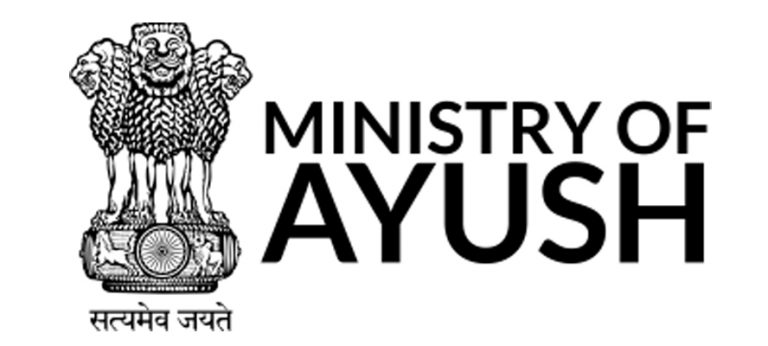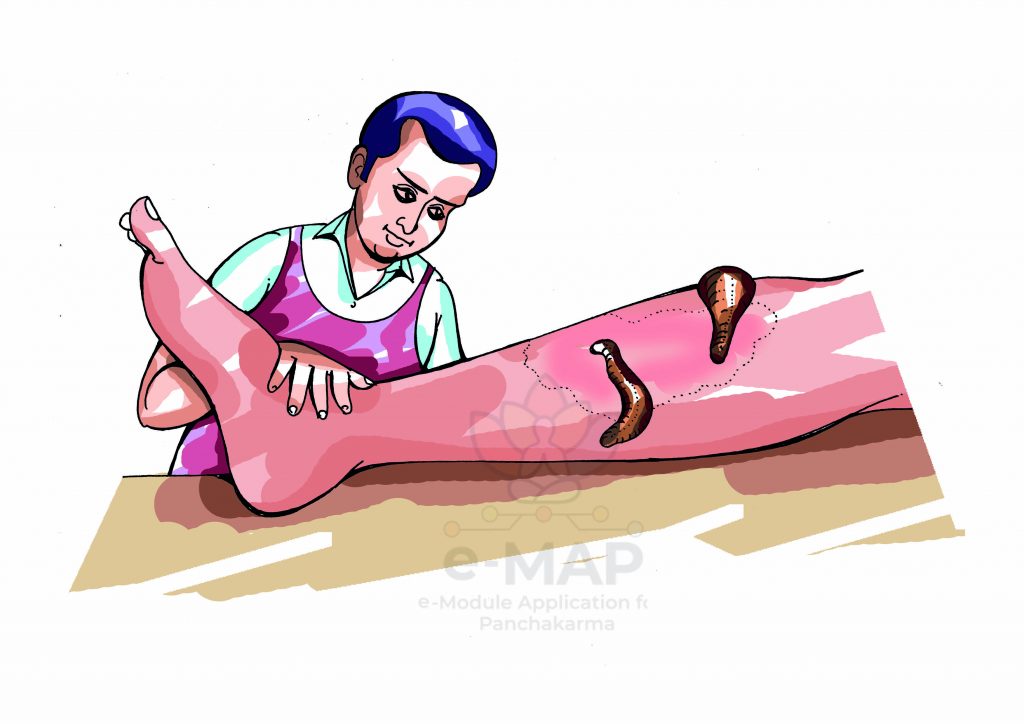EXPLANATORY NOTES
PARIHĀRA KĀLA
कालस्तु बस्त्यादिषु याति यावांस्तावान् भवेद्द्विः परिहारकालः|५४|[i]
According to Ācārya Caraka, the Parihāra Kāla needed is double the duration of the treatments like Basti.
यान्यहानि पिबेत्तानि तावन्त्यन्यान्यपि त्यजेत्|
सर्वकर्मस्वयं प्रायो व्याधिक्षीणेषु च क्रमः||२८||[ii]
According to Vāgbhaṭa Ācārya, in Snehavidhi Adhyaya, it is mentioned to follow Parihāra Kāla which is same as duration of the course of Snehapāna. Ācārya also advices to follow the same in other Karma also.
By combining their views, it’s quite clear that, it is the time required by an individual to regain his strength after the Panchakarma therapies. It may vary from patients to patients. So, in order to safeguard the health of patient we have to suggest some dietary and behavioural restriction for a time period according to the Śudhi attained, Agni and Bala of the patient.
Ācārya Caraka has also given the concept of Prakṛti Prāpta Purusha Lakṣaṇa. So, we can say that we can follow Parihāra Kāla till the attainment of Prakṛti Prāpta Lakṣaṇas. It includes:
सर्वक्षमो ह्यसंसर्गो रतियुक्तः स्थिरेन्द्रियः|
बलवान् सत्त्वसम्पन्नो विज्ञेयः प्रकृतिं गतः||९||[iii]
PARIHĀRA VIṢAYA
All the dietetic and behavioural restrictions that one should follow before, during and after the course of Panchakarma treatments are can be collectively called as Parihārya Viṣayās.
All those measures that followed to safeguard the health of the patient can be collected under the term Parihāra Viṣayas. It can include Āhāra, Aushadha as well as Viharas.
Parihāra Viṣayas mentioned by Suśruta Ācārya in Raktamokṣaṇa
धातुक्षयात् स्रुते रक्ते मन्दः सञ्जायतेऽनलः |
पवनश्च परं कोपं याति तस्मात् प्रयत्नतः ||३७||
तं नातिशीतैर्लघुभिः स्निग्धैः शोणितवर्धनैः |
ईषदम्लैरनम्लैर्वा भोजनैः समुपाचरेत् ||३८||[iv]
After Rakta Mokṣaṇa due to Dhātu Kshaya, Agni will diminish and Vāta Kopa may occur. So the patient should be managed carefully with Laghu (little), Na Ati Śītala (not too cold), Snigdha Āhāras (unctious), Śoṇita Vardhana (nourishing the blood) and with Īṣat (little) or without Amla Dravyas.
Parihāra Viṣayas in general
एतां प्रकृतिमप्राप्तः सर्ववर्ज्यानि वर्जयेत्|
महादोषकराण्यष्टाविमानि तु विशेषतः||१०||
उच्चैर्भाष्यं रथक्षोभमविचङ्क्रमणासने|
अजीर्णाहितभोज्ये च दिवास्वप्नं समैथुनम्||११||[v]
During Parihāra Kāla one has to avoid the Aṣṭa Maha Doṣakara Bhavas:
- Uccairbhāṣya
- Radha Kshobha
- Ati Caṅkramaṇa
- Ati Āsana
- Ajīrṇa Bhojana
- Ahita Bhojana
- Divāsvapna
- Maidhuna
[i] C. Si. 1/55
[ii] AH. Su. 16/25-27
[iii] C.Si.12/9
[iv] Su. Su 14/38-39
[v] C. Si. 12/10-11
Raktamokṣaṇa can be broadly classified into Śastra & Aśastra
शस्त्रविस्रावणं द्विविधं- प्रच्छानं, सिराव्यधनं च ||[i]
Śastra type can be again classified into Pracchāna & Sirāvyadha
KARMUKATA OF DIFFERENT TYPES OF RAKTAMOKṢAṆA BASED ON STHĀNA & SYMPTOMS
प्रच्छानेनैकदेशस्थं सुप्तं शृङ्गादिभिर्हरेत्|
ग्रथितं तु जलौकोभिरसृग्व्यापि सिराव्यधैः|
प्रच्छानं पिण्डिते वास्यादवगाढे जलौकसः|
त्वक्स्थेऽलाबुग़टीशृङ्गं सिरैव व्यापकेऽसृजि|[ii]
TYPE OF RAKTAMOKSHA | SYPTOMS |
Pracchāna | Ekadeśa Sthita, Piṇḍita |
Śṛṅga, Alābu, Ghati | Supti, Twak Shtita |
Jalaukā | Gradhida, Avagāda |
Sirāvyadha | Asṛk Vyāpita |
KARMUKATA OF DIFFERENT TYPES OF RAKTAMOKṢAṆA BASED ON DOṢA
वातादिधाम वा शृङ्गजलौकोऽलाबुभिः क्रमात्||७||[iii]
DOṢA | RAKTAMOKṢAṆA TYPE |
Vāta | Śṛṅga |
Pitta | Jalaukā |
Kapha | Alābu |
उष्णं समधुरं स्निग्धं गवां शृङ्गं प्रकीर्तितम् |
तस्माद्वातोपसृष्टे तु हितं तदवसेचने [४] ||५||
शीताधिवासा मधुरा जलौका वारिसम्भवा |
तस्मात् पित्तोपसृष्टे तु हिता सा त्ववसेचने ||६||
अलाबु कटुकं रूक्षं तीक्ष्णं च परिकीर्तितम् |
तस्माच्छ्लेष्मोपसृष्टे तु हितं तदवसेचने ||७||[iv]
DOṢA | GUNAS | RAKTAMOKṢAṆA TYPE |
Vāta | Usna, Madhura Snigdha | Śṛṅga |
Pitta | śīta adivāsa, Śīta, Madhura | Jalaukā |
Kapha | Katu, Rūkṣa, Tīkṣṇa | Alabu |
ŚUDHA RAKTA LAKṢAṆA
प्रसन्नवर्णेन्द्रियमिन्द्रियार्था-
निच्छन्तमव्याहतपक्तृवेगम्|
सुखान्वितं पुष्टिबलोपपन्नं
विशुद्धरक्तं पुरुषं वदन्ति||[v]
- Prasanna Varṇa – Improved complexion
- Prasanna Indriya – Clarity of organs
- Prasanna Indriyārtha – Clarity to senses
- Nichanta Avyavahata Pakti & Vega – Normal hunger and urges
- Sukhānvita – Devoid of diseases
- Pushti Balopapanna – Proper nourishment & strength
लाघवं वेदनाशान्तिर्व्याघेर्वेगपरिक्षयः |
सम्यग्विस्राविते लिङ्गं प्रसादो मनसस्तथा ||[vi]
Śudha Rakta Lakṣaṇas include:
- Lāghava (Lightness of body)
- Vedana Śānti (Reduced pain)
- Vyādhi Vega Parikshaya (relief from affected disease)
- Mana Prasāda (pleasant mind)
[i] Su. Su14/25
[ii] AS. Su. 35/7
[iii] AS. Su. 35/7
[iv] Su. Su. 13/5-7
[v] AH. Su. 27/43
[vi] Su. Su14/33



INFORMATIONS
QUICK LINKS
QUICK LINKS
© Copyright 2023 eMAP





